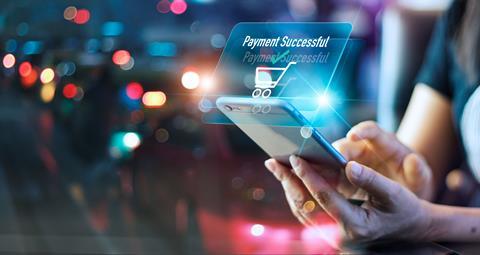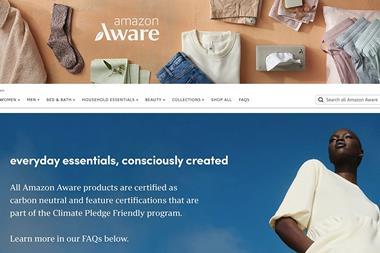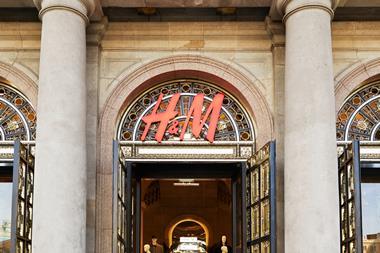Consumer expectations are higher than ever before, but what is it that shoppers really want and how can retailers achieve it? Adobe UK’s marketing director Peter Bell highlights what retailers can do to stand out.
It’s been an extraordinary couple of years for retailers.
Brands have switched up their digital presence, adapting at pace to deliver new experiences that cater to increased online demand and an ever-more sophisticated online shopper.
But what is it that UK customers really want now and how can ecommerce deliver it?
Our EMEA-wide study, which included 1,000 UK consumers – Getting Ecommerce Right in the 2020s – looked at the new expectations of shoppers in 2022 and gives clear direction to retailers on what they can do to stand out from the pack.
Keep it simple and personal

While the online shopfront offers endless space to display products, too much choice can be overwhelming.
In fact, less really is more. One in five shoppers actually want to see fewer products on the virtual shelf and one in three expect to only see products and offers that are relevant to them.
Additionally, any notion that a customer who bounces off the site without a purchase is a lost conversation needs to be forgotten.
“Customers are making an increasing number of micro-interactions, typically visiting a site three times before buying”
Offline habits such as window shopping have crept into the digital space.
Customers are making an increasing number of multiple micro-interactions, typically visiting a site three times before buying.
Retailers can and must use the data available to personalise this journey in real-time and at scale, making sure customers feel valued and understood, whether they are in browse or buy mode.
Tailoring the experience to individual customers to make the most of their buying intent and stage in the process is really where ecommerce players need to invest.
This was evident at the Adobe Summit earlier this month, where personalisation at scale was a major talking point.
Top retail names including M&S, Walgreens Boots Alliance and Prada all gave detailed insights on the success they have seen by scaling up personalisation as a core part of their digital strategy.
Deliver high-value experiences to high-value customers
When it comes to high-value goods, customers are clear that they want a more experiential and bespoke experience.
Two-thirds of shoppers are interested in virtual reality (VR) experiences and almost half are prepared to spend after only seeing a product through VR.
Brands that invest in innovation and embrace emerging technologies will be able to satisfy the appetite from shoppers for new immersive shopping experiences.
Put your values front and centre
The rise of the ethical shopper means it has never been more important for brands to stand up for their values.
People care about more than product and price – they care if a brand’s values match their own, how ethical their supply chain is and how they treat their employees.
“The message from shoppers is clear: show me that you know me, give me an innovative experience, which is curated just for me, and stand up for your values”
The vast majority of UK shoppers say the values and things they care about play a greater role in how and where they spend their money, while 60% would switch to brands that better represent the values that matter most to them.
The message from shoppers is clear: show me that you know me, give me an innovative experience, which is curated just for me, and stand up for your values.
Those in ecommerce who step up and act fast will attract the new breed of online shopper and lay strong foundations for long-term loyalty.
Find out about these trends and more in the full Getting Ecommerce Right in the 2020s report here.

Peter Bell is marketing director for Adobe UK






























